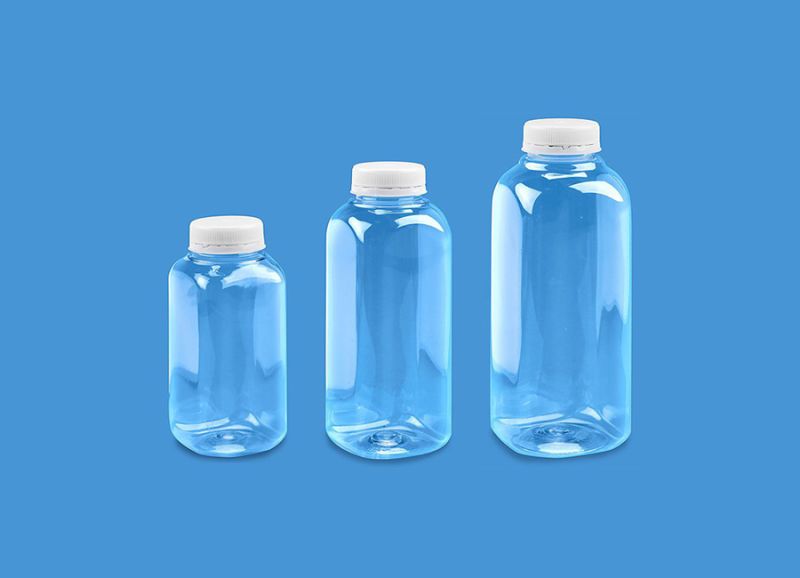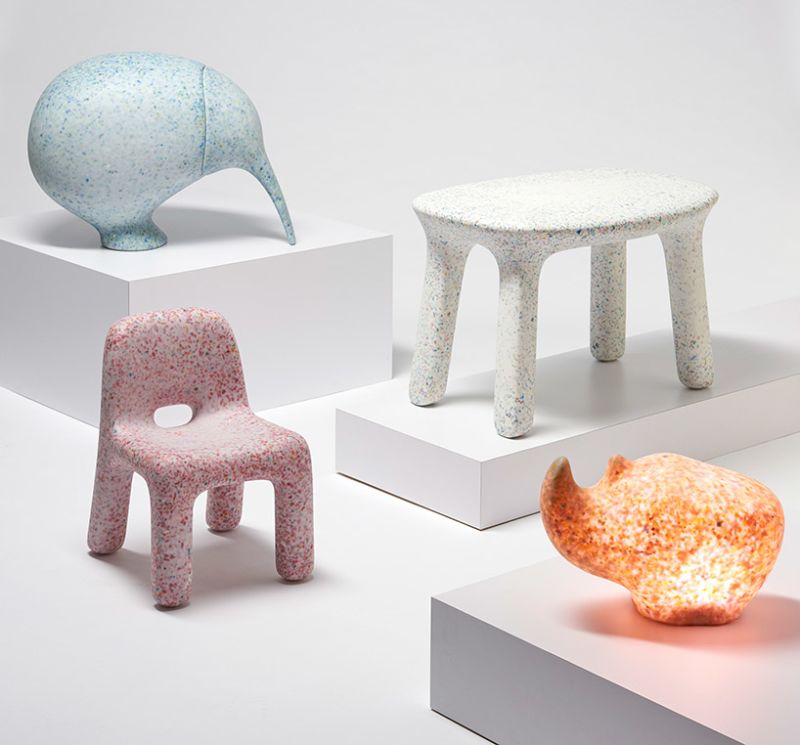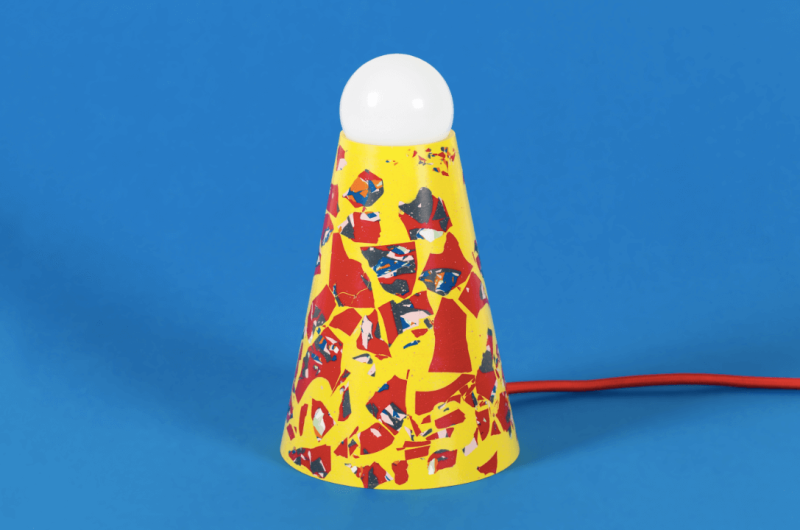
The Future Will Be All About Recycled Materials
The United States remains the world’s largest “throwaway society,” meaning we produce more waste than we recycle.
Man-made plastics have existed for over 160 years, yet it took until the 1990’s for recycling to really take off. Brought on by a widespread concern that America was running out of landfills, communities started organizing to collect metals, glass, paper, and plastic in order to break them down and usher the materials back into the production cycle. Water bottles and other drink containers are made of a plastic called polyethylene terephthalate, more commonly known as PET. This type of plastic is 100% recyclable, and yet only nine percent of those sold in the US make their way to a recycling plant.
Conventional recycling isn’t so simple, either. After a plastic bottle enters the recycling process, there are different ways to break down the PET for reuse. In most cases, the bottles are processed and then sorted, crushed, and baled for sale. These giant bales of plastic criss-cross the globe to be processed at various plants, most of whom crush the plastic down further into PET “chips.” The chips are then melted down and turned into polyester, for use in carpets, clothing, or other goods. If this process sounds like it can be wasteful and more harmful than the act of recycling intends for, that’s because it sometimes is.

ecoBirdy upcycles old and unused plastic toys into furniture
Chemical recycling uses a process to break down PET into its core elements in order to create either food-safe plastic or other polymers. The ability to break down plastics completely, as opposed to having to create further modified plastics through the recycling process, allows for lower plastic production rates if adopted widely. And some of the largest beverage producers in the world are investing in this technology in the hopes that we can eliminate the need for the harmful production of new plastics. Last year, Coca-Cola signed on to a European advisory board called DEMETO, which works to make the chemical recycling process scaleable for the world’s largest manufacturers.
The movement for chemical recycling has taken on a new urgency as Chinese officials announced earlier this year that that country will no longer accept America’s recycling for processing. The decision was part of an effort to curb China’s own waste, and the result has been a scramble to find new ways to dispose of Americans’ steadily rising supply of plastic waste.

A sculpture from artist Will Yates-Johnson’s ‘Polyspolia’ series, which set out to rethink the possibilities of recycling by using unique plastic compounds. Photography by Darek Fortas
Other industries are working to find new types of plastic that are created from vegetables, cornstarch, and other agricultural products. These bioplastics can be used in place of thin packaging or formed into utensils and straws. Currently, bioplastics aren’t widely adopted due to higher costs and less uniformity in production. Still, bioplastics may someday provide a way to provide ease-of-use of plastics without the harmful effects on the environment.
The consumer world is working to find ways to curb waste and pollution at scale, and artists, creators, and designers have begun to follow suit. From furniture and fixtures to clothing and accessories, plastic is being reformed and reconstituted to turn what might end up in a landfill into something utilitarian. It’s possible that these material innovations will give us the only tools to create without further harming the planet.
Mitch Goldstein is a writer living in Brooklyn.